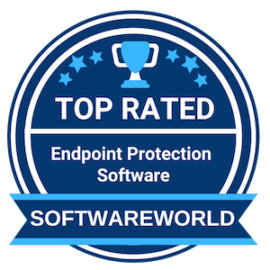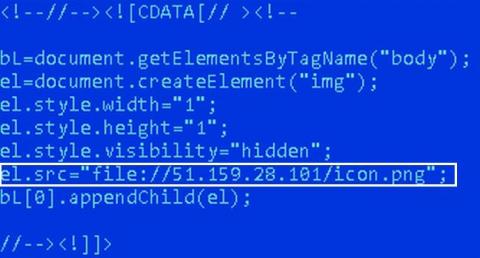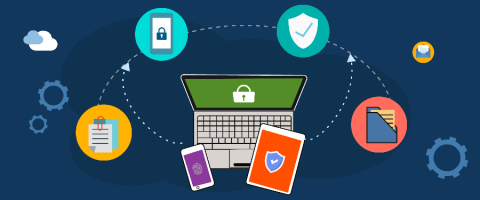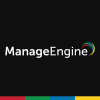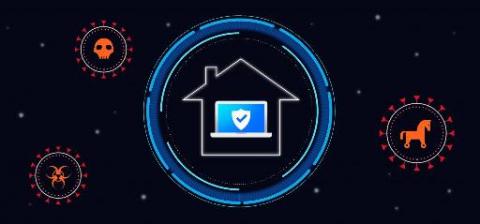Patch Manager Plus recognized as SoftwareWorld's top rated endpoint protection software
Patch Manager Plus recently joined ManageEngine’s flagship unified endpoint management software, Desktop Central, in SoftwareWorld’s list of Top 10+ Best Endpoint Protection Software in 2020. In the platform’s review of several alternative tools, both ManageEngine products received a score of 98/100.


